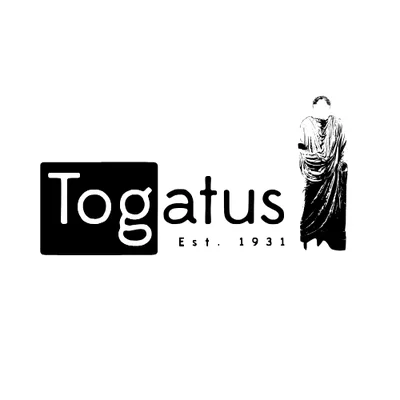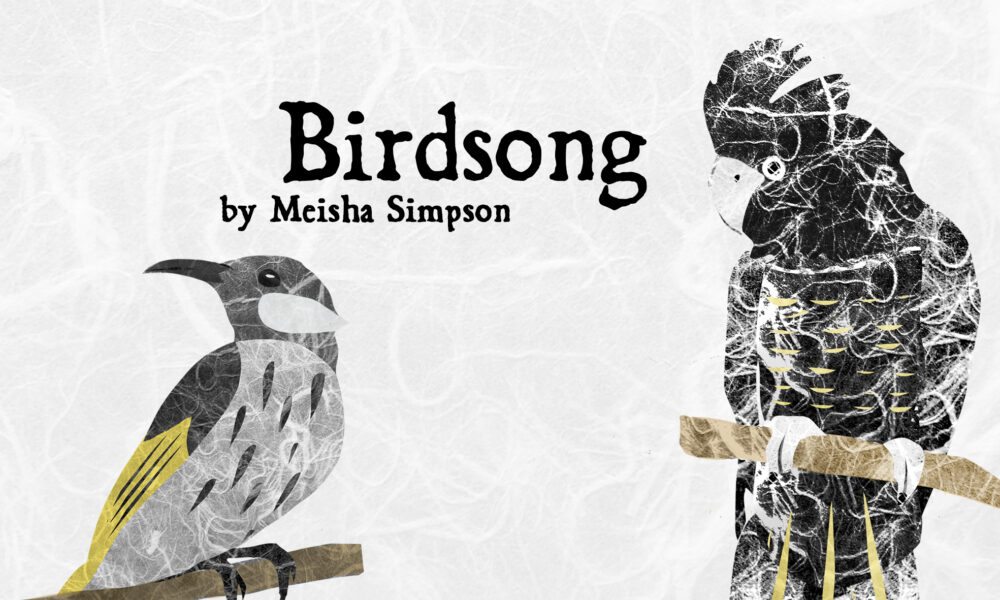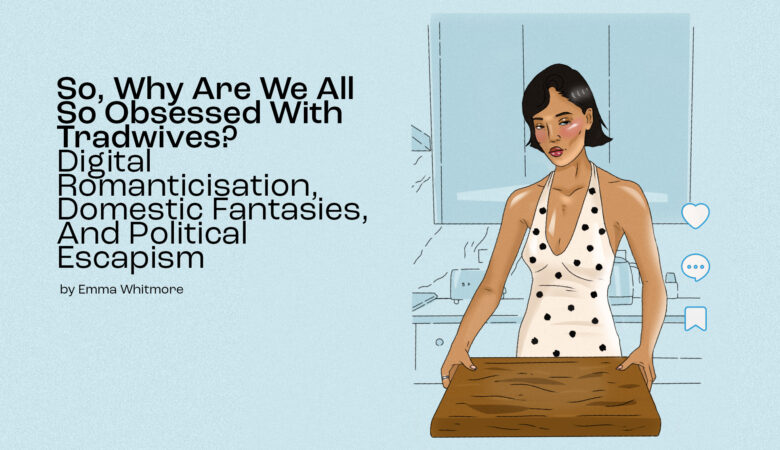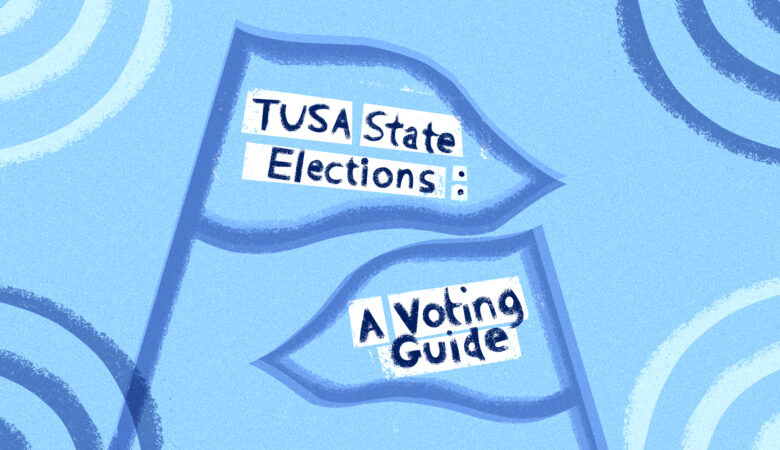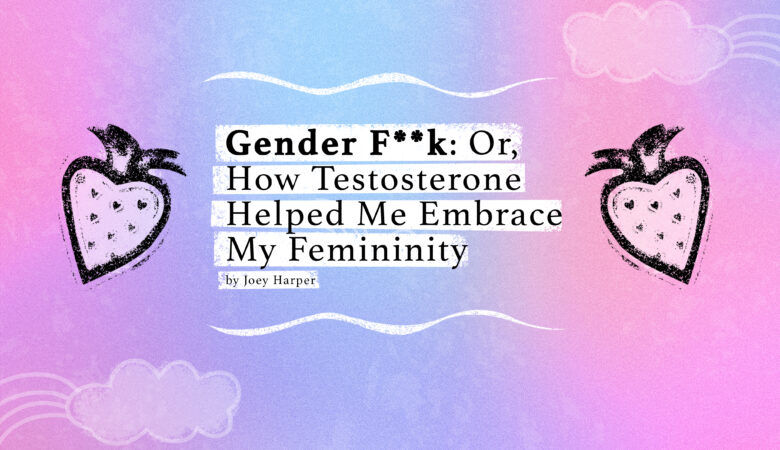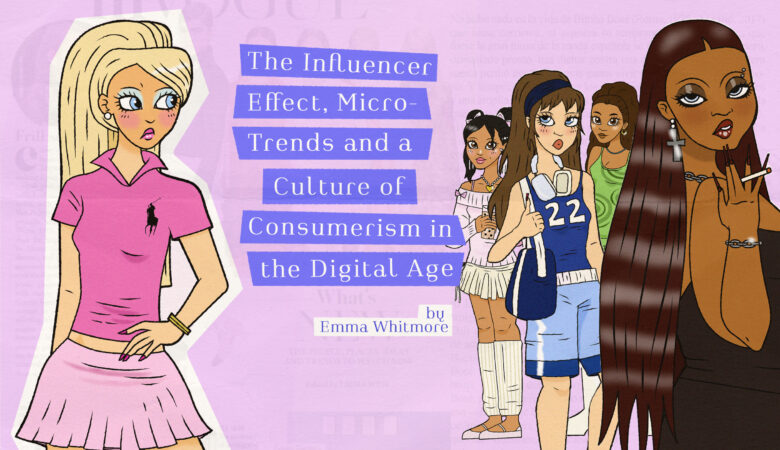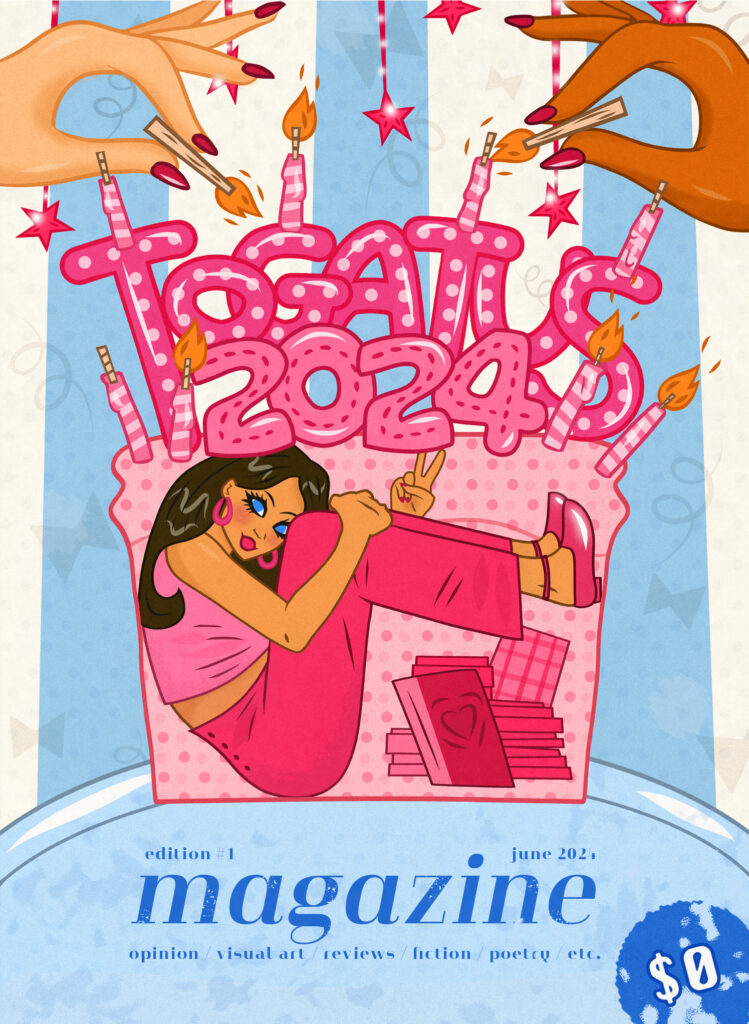Honeyeater
A honeyeater, slight and flecked black with yellow wings, yelps in her search for untapped nectar. A silver wattlebird chases her from kangaroo paw to banksia, defending his blooms. B and I watch through the window, encouraging the tiny bird as she twirls and dives. We debate her habits, agility, personality. As the big sky brightens over tiralina, pink clouds wisping across the sky, I think of how I would write this fight for nectar, if I could capture this relationship between honeyeater and wattlebird.
The legacy of nature writing in Australia is a tense contradiction between the characterisation of the continent as wild, unforgiving, and barren, and the kitsch picture books about bush characters such as Blinky Bill and Snugglepot and Cuddlepie. As the honeyeater and wattlebird continue their dance, I try to wrap words around them. I think of Goori and Koori poet Evelyn Araluen’s critique of colonial bush writing: “do you understand that when you write the kangaroo the wallaby the bilby the bandicoot the cockatoo the blacksnake the waterlily the brush the bush the sapling the ghost gum that you are puppeting your hands through ancestors, through relations?” I watch the glee of the honeyeater, singing aboard a thick amber banksia flower, taunting, daring the wattlebird, and think of the thousands of years honeyeater and wattlebird have danced. How do we write about the stolen lands we live on?
Whistling Kite
My brain is rattling along with the rusty troopy. A corrugated road through orange Wangkangurru country. There are three of us kids in the back seat, two more in the front, knees to chest between car seats and swags, greasy with red dust and sunscreen and the crumbs from Scotch Fingers. Dad at the wheel, Mum up the back with a book near the car fridge. I grew roots in this red dirt as a baby, my toddler years spent living in remote communities in the Northern Territory. We are back now and I feel them still, loose in the sand.
There’s smoke ahead and we see birds before flames. It’s a bushfire, contained but crackling happily on the dry grass and tumbleweed. Whistling kites whirl, their calls shrill and yearning, like a bow across strings. The kites circle the fire, beaks holding dry leaves and twigs which they drop before the small licking flames. Animals scatter before the front. ‘The birds are keeping the fires burning,’ Dad says. ‘Keeping the insects swarming and the animals—wallabies, rabbits—running out in the open. Dinner served.’
Eleven years old, I am bewitched by the intelligence of the birds, the complexity of their relationships, their landscape. During the previous weeks on the road, my siblings and I had kept a tally of the birds we saw. A bright idea of Dad’s to keep us from bickering. We soon became bored of the kites; they were everywhere. But here, circling the fire, eyes busy and claws gripping as they worked, the kites were the centre of it all, the focal point of the landscape, a way for us to understand the dynamics of the country.
I read voraciously on that road trip, hooked on the rural kid genre that is Australian books about adventurous young white girls (and horses) in the establishing days of colonisation, books with titles such as The Girl from Snowy River. Many of these books had some acknowledgement of Aboriginal peoples, with elusive characters and a generalised haunting atmosphere of guilt, but the narratives skirted around the violence of our colonial history. These books fortified in me a sense of belonging to this continent, that through the hardship endured by my convict ancestors, we had earned our keep, that we were just trying to survive, battling it out on this unforgiving landscape under a harsh ruling class—sorry about the damage. At eleven years old, all I had was a hazy sense of belonging and a faint feeling of horror about our history, of something in our coloniality that haunted me.
Ghost stories are dominant in the Australian literary canon. In lutruwita/Tasmania, the gothic was a genre that gripped tight, numerous books published about brutal mountain ranges, treacherous waters, and physical hardships, where Aboriginal characters, culture, and history were used as a shadowy background to amplify a shadowy and haunted atmosphere. Similarly, in the famous children’s book series Snugglepot and Cuddlepie, the beloved characters fear the Banksia men, who are “aligned with savagery, animism, sexual deviancy, and Aboriginality throughout the stories”. The casting of these villain characters creates a childish, but cunning, sense of (racist) haunting. A haunting that works to both villainise the Australian landscape while attempting to control and tame it.
The imported myths and legends that are shared and distributed through literature work to infuse sacred landscapes with white history. Araluen explains how this is a tool of colonisation and nation building, a way of indigenising the colonists into the landscape through creating a sense of spiritual connection. “The over-determination of these binaries and tropes continues to operate in a dialectic to the perceived horror of the Australian landscape”, she writes. “The operalisation of kitsch in children’s literature can be read as an attempted exorcism of the extant sensation of a profound alienation from the landscape, the tyranny of distance from European pastoral and folkloric traditions”. Furthermore, by mythologising Indigenous peoples, stories, and voices, by presenting them as ghosts and victims in the landscape, narratives further erase and silence Indigenous people in the literary archive. How we tell stories is how we confront our histories. Our literary archive is both a violent weapon and a powerful tool.
Black Cockatoo
I am stacking books under the window in my new bedroom. The windows are large and face west towards kunanyi. I ponder whether to arrange my books in a way that is aesthetic and sophisticated like this new room. By colour? Genre? Alphabetically seems a bit obsessed. Outside there is a rollicking, metallic call. A mob of yellow-tailed cockatoos, their dark wings strong and effortless. They fly together, drawn together in flight, then scatter as they perch on the branches of an old blue gum.
I can’t decide on an order for my books and just assemble them loosely according to how I see they fit together. It’s an incongruous mix of books. Books I have from old uni reading lists, nostalgic books I keep and never read, op shop finds that will sit there for years while I churn through new purchases and lovingly lent reads. I try to think of what this collection reveals about me, what it hides. I think of the sacredness and the violence of libraries, how they remember, forget, and conceal. I think of my attempt to write the honeyeater and wattlebird and wonder how they are remembered by the archive. How we write our wrongs and write our whiteness into all our stories. How decolonising means decolonising literature, means decolonising our libraries, decolonising the words in our mouths and the ears we hear them with. In her essay, “Silence and resistance: Aboriginal women working within and against the archive, Araluen writes that “living within the temporal and spatial dispossessions of colonialism, Aboriginal realities are shadowed and concealed by projections of settler colonial archives onto unceded lands and bodies”.
The cockatoos have disappeared as the sky softens. The books are stored away, their presence now heavy in the room. I keep an eye out for the cockatoos in the following months. They have tied me to my books, tied my body to the words I speak and hear.
References:
Araluen, Evelyn. “Snugglepot and Cuddlepie in the Ghost Gum.” Sydney Review of Books, 11 Feb. 2019, sydneyreviewofbooks.com/essay/snugglepot-and-cuddlepie-in-the-ghost-gum-evelyn-araluen/.
Araluen Corr, Evelyn “Silence and resistance: Aboriginal women working within and against the archive”, Continuum, vol. 32, no. 4, pp. 487–502.
